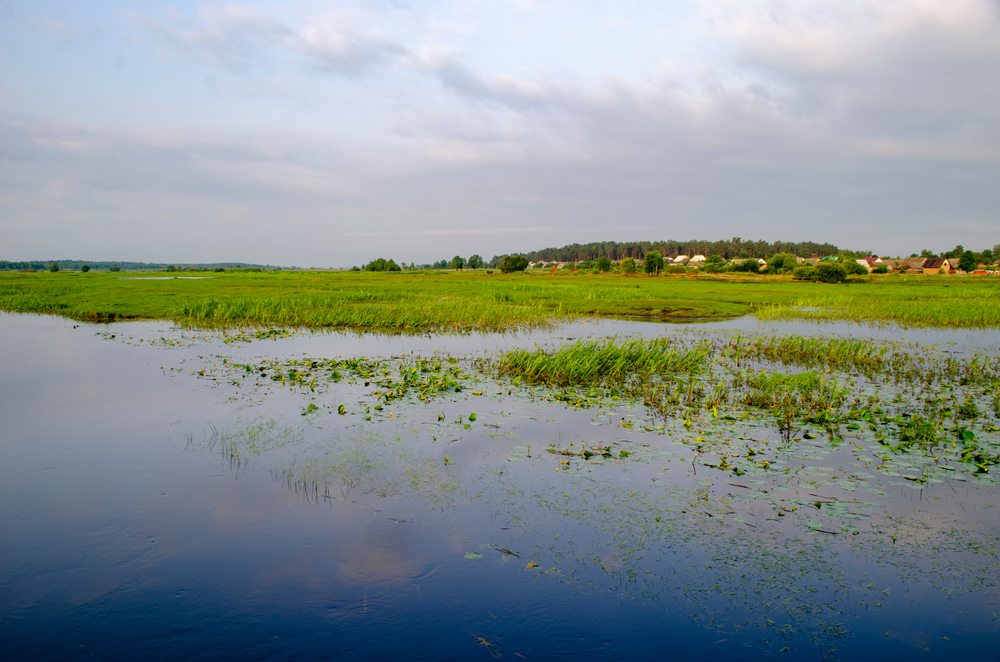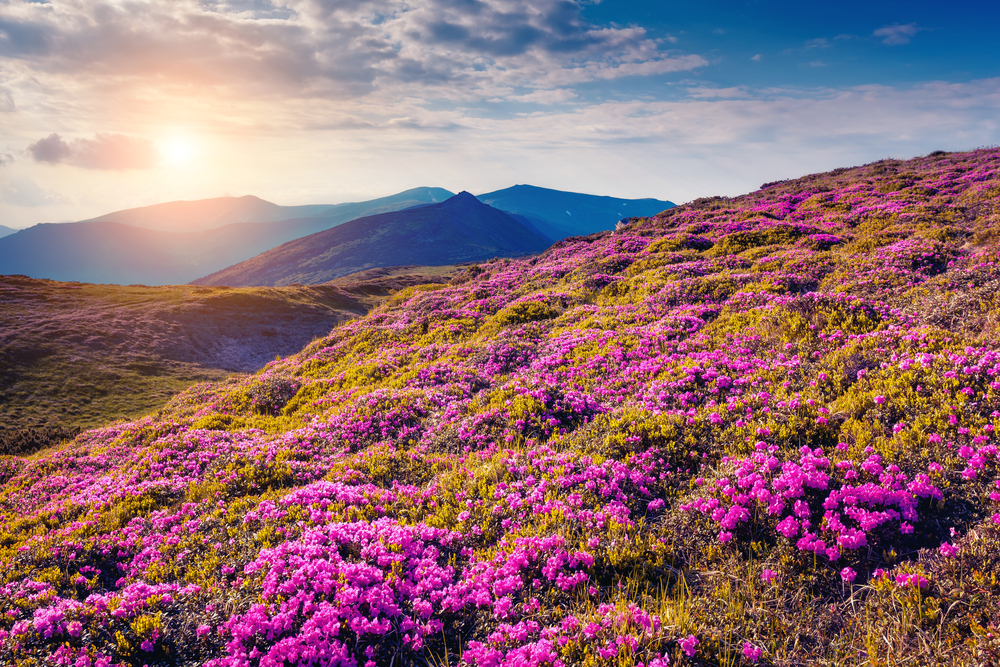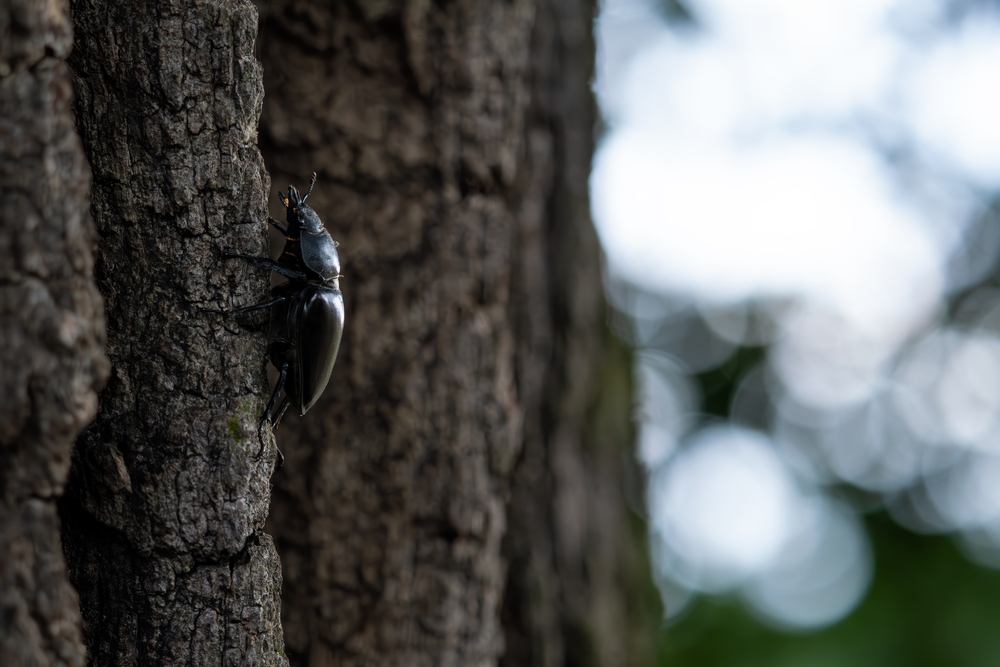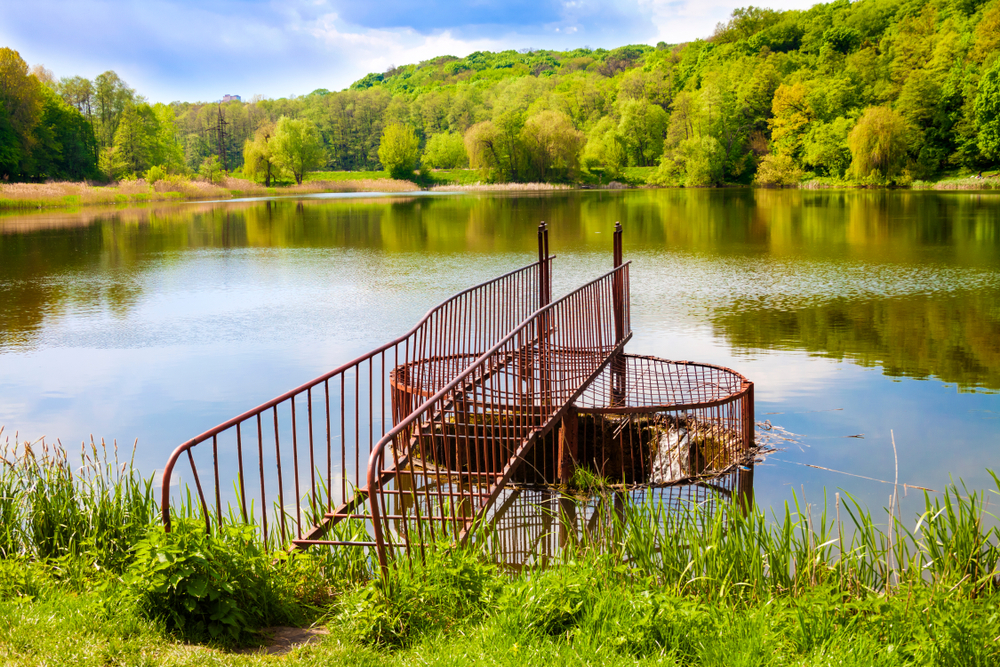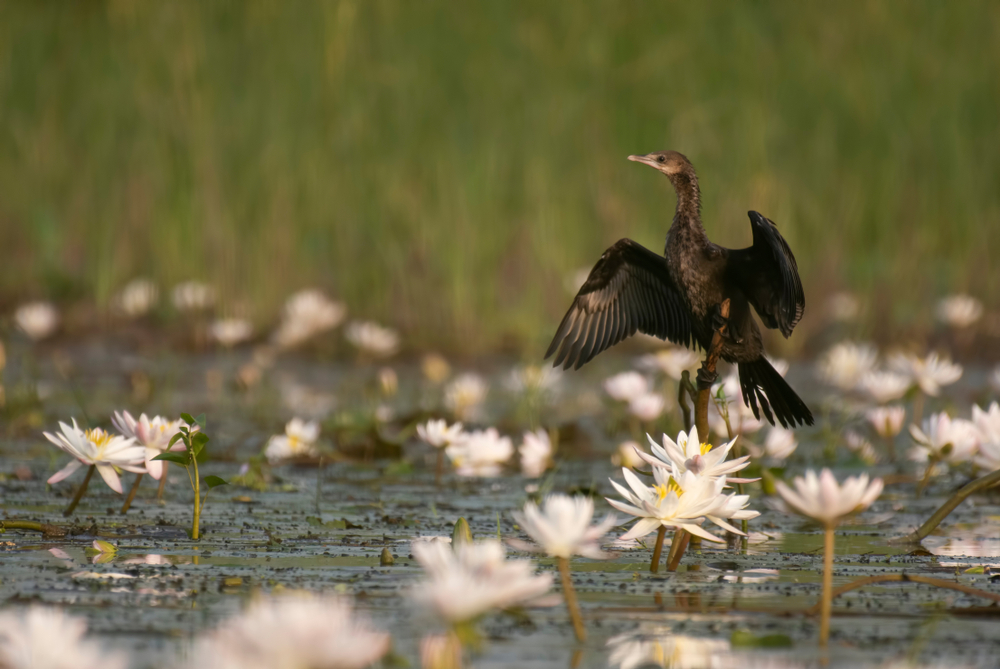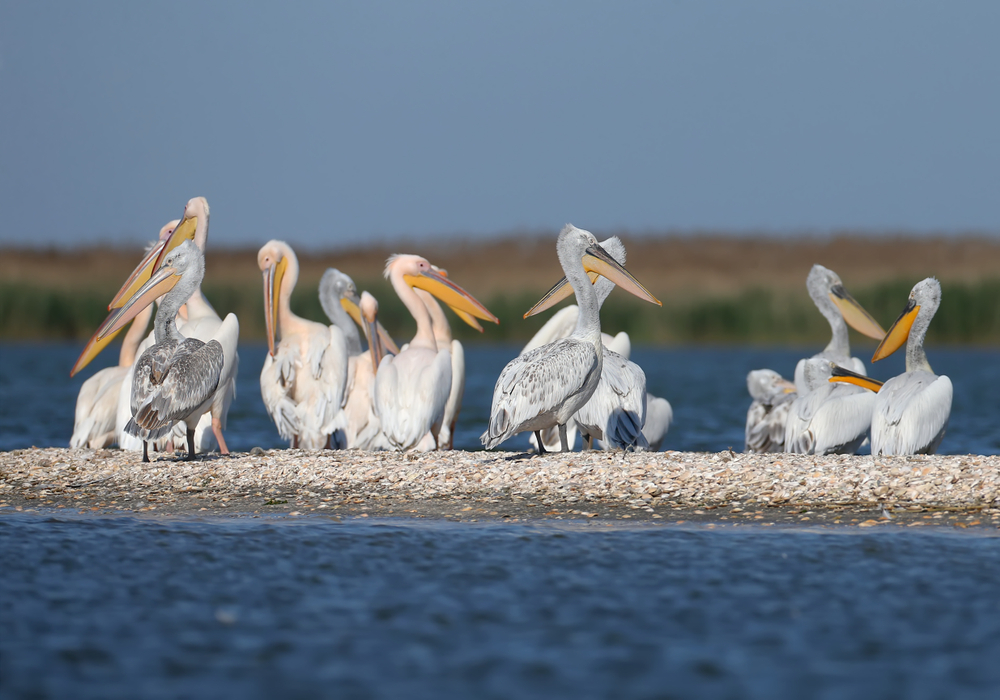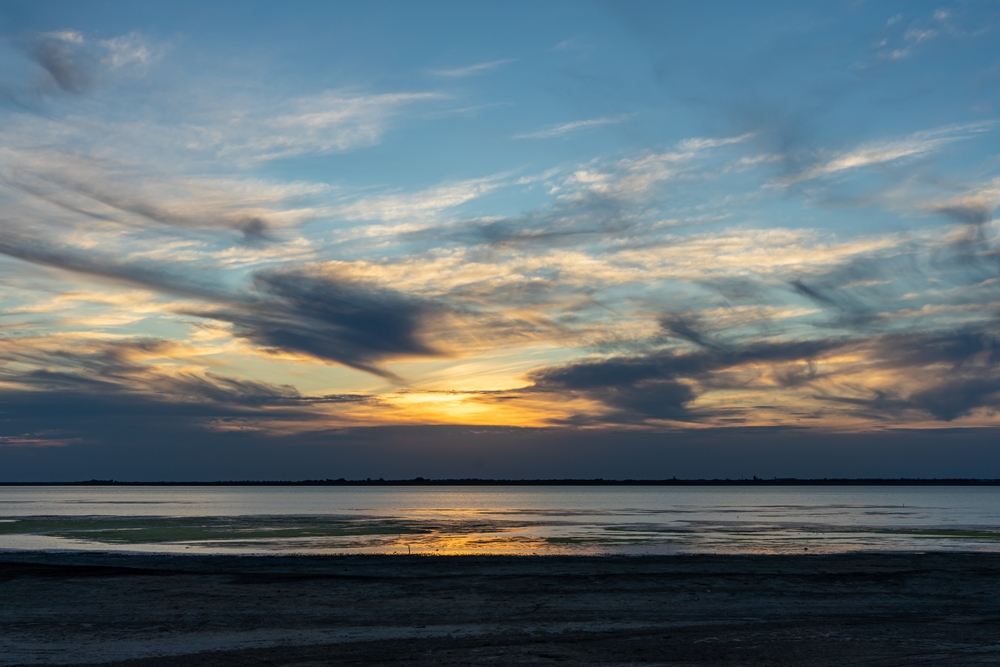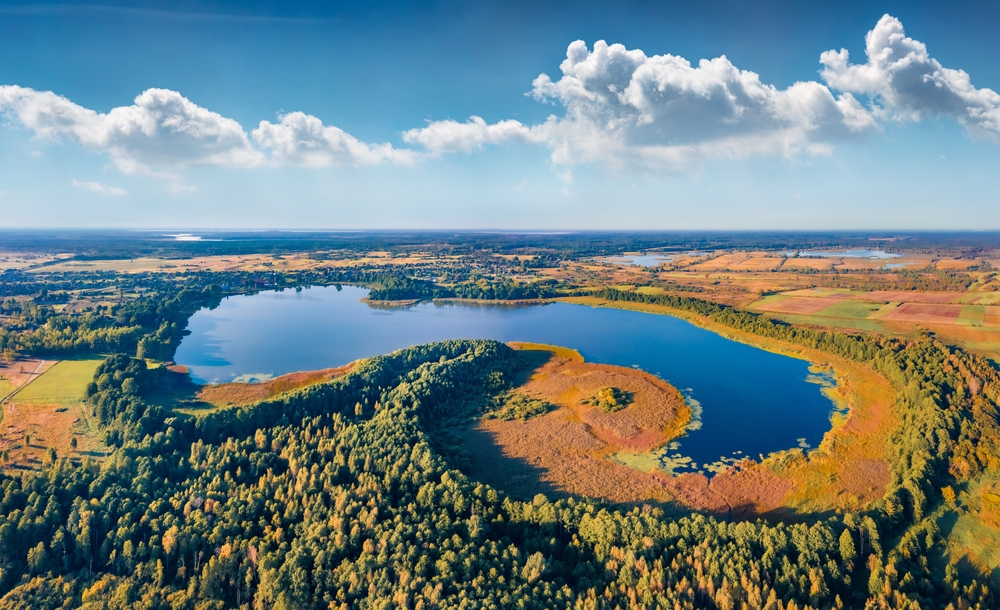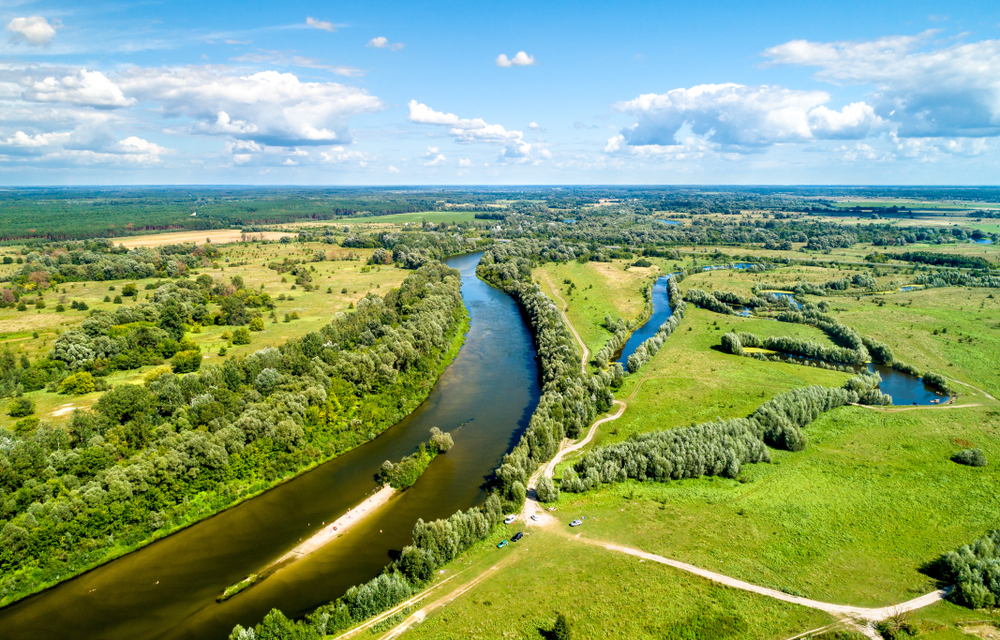Prypiat-Stokhid Overview
Prypiat-Stokhid National Park, located in northwestern Ukraine, spans approximately 155 square miles (400 square kilometers) and is a vast and ecologically rich protected area. It is named after the two major rivers that flow through it, the Prypiat and Stokhid, both of which contribute to the park’s unique wetland and floodplain ecosystem.
This park is a significant part of the Polesia region, a vast natural landscape known for its extensive marshes, meandering waterways, and biodiverse forests. The terrain is characterized by a mosaic of wetlands, peat bogs, river valleys, and alluvial meadows interspersed with patches of mixed forests dominated by pine and oak.
The presence of numerous small lakes, oxbow bends, and river islands enhances the park’s appeal and creates an intricate system of waterways that flood seasonally, shaping the landscape in a dynamic and ever-changing manner.
The park supports a rich array of wildlife, making it an essential refuge for many rare and endangered species. Mammals such as European bison, gray wolves, lynxes, and elk roam the woodlands and wetlands, while beavers and otters thrive in the park’s waterways.
Birdwatchers flock to the park to see an extraordinary diversity of avian species, including the white-tailed eagle, black stork, and various species of herons and cranes. The park is particularly important for migratory birds, serving as a vital resting and breeding ground.
Amphibians and reptiles, such as fire-bellied toads and grass snakes, are also common in the wetland areas. The biodiversity is further enriched by a wide variety of fish species that inhabit the rivers, making the park an attractive destination for anglers.
One of the most popular features of the park is its vast wetland system, which remains one of the most pristine in Europe. The Stokhid River, known for its hundred branches and labyrinth-like waterways, provides a unique setting for kayaking and canoeing, allowing visitors to explore its untouched beauty.
Traditional wooden boats, used by local fishermen for generations, still navigate the quiet waters. Hiking trails and boardwalks take visitors through the park’s scenic landscapes, offering opportunities to observe wildlife in their natural habitats. Birdwatching towers provide excellent vantage points for spotting rare and migratory birds, especially during the spring and autumn seasons.
Conservation efforts in Prypiat-Stokhid National Park focus on protecting its delicate wetland ecosystems and preserving the biodiversity of the region. The park plays a crucial role in water regulation, helping to prevent floods and maintain water quality for surrounding communities.
However, challenges such as habitat degradation, illegal poaching, and climate change pose ongoing threats to the park’s ecological balance. Sustainable tourism initiatives and conservation programs have been implemented to mitigate these impacts, ensuring that future generations can continue to experience the beauty and significance of this remarkable landscape.








































































